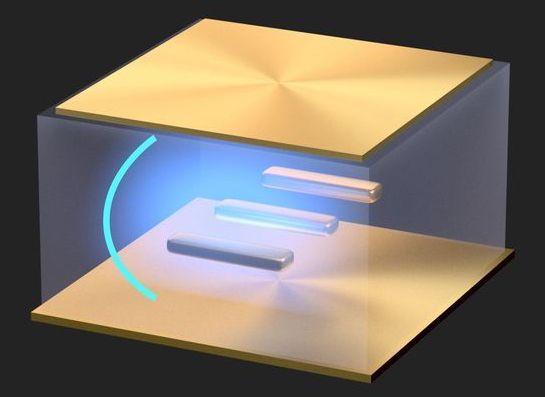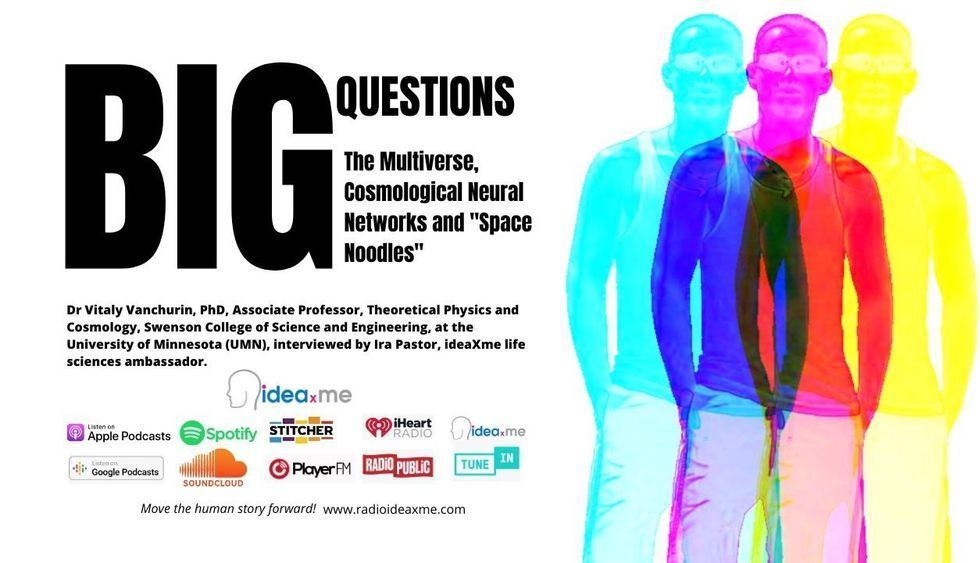Dutch photographer and digital designer Bas Uterwijk has used artificial intelligence to create a ‘photograph’ of Alexander the Great… or what he could have looked like.
Uterwijk who has a background in computer graphics, 3D animation, and special effects, has used his talent to generate hyper-realistic portraits of famous historical figures.
His latest creation is Alexander the Great, otherwise referred to as the “King of Kings”. He was born on July 20 or 21, 356 B.C. in Pella, Macedonia. He was tutored by philosopher Aristotle until the age of 16. He became King of the Ancient Greek Kingdom of Macedonia and led a Pan-Hellenic military campaign against Persia and in the process spread Greek culture across the entire empire he created.









